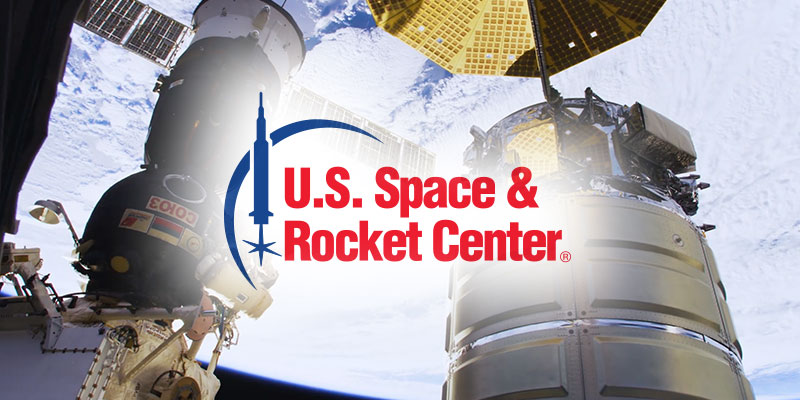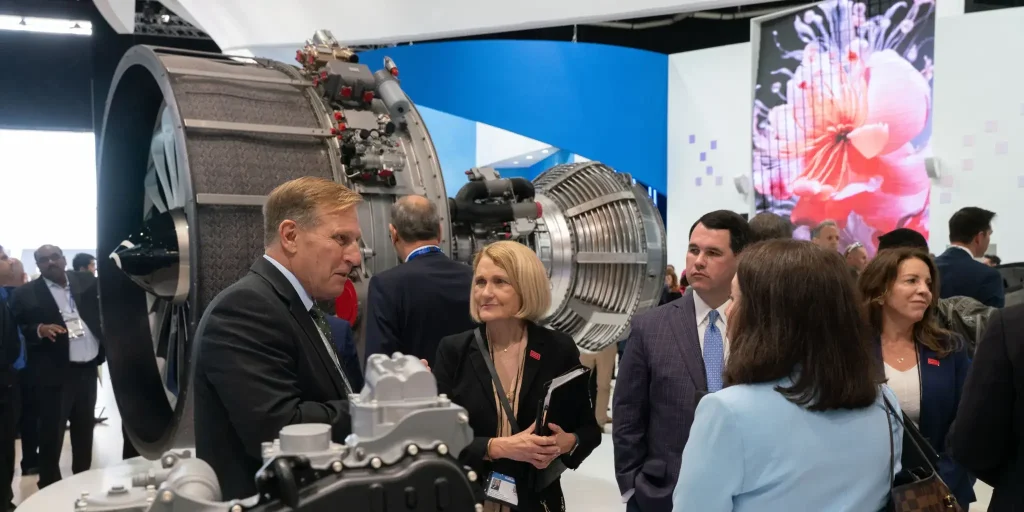Spaceplane landings. New generation launch systems. A “digital first” factory to advance hypersonic technologies. Rocket engines roaring to life. Research accelerating 3-D printed parts in commercial aircraft.
In case you missed a headline or two, these dynamic developments are taking shape right now in Alabama’s aerospace industry. And that’s only part of the picture as aerospace, aviation and defense companies continue to expand their activities in the state.
“Alabama has long been major player in designing and manufacturing the most innovative, complex solutions to conquer skies and space, and we are continuing to influence the direction of the global industry today,” said Greg Canfield, Secretary of the Alabama Department of Commerce.
“Companies around the world know our workforce has proven itself, time and time again, and that’s why they keep turning to Alabama to help solve the industry’s biggest challenges through groundbreaking work,” he added.
As the 2022 Farnborough International Airshow gets under way near London, it’s an ideal time to explore some of the exciting developments that are energizing both the present and the future of Alabama’s multi-layered aerospace industry.
Here is a brief look at a few of those developments.
HUNTSVILLE SPACEPORT
In May, the Huntsville International Airport won FAA approval to allow commercial space vehicles to land on its runway, making it the first commercial airport in the U.S. licensed to operate as a re-entry site for space vehicles.
The decision means Sierra Space’s Dream Chaser spaceplane is one step closer to landing in Huntsville, realizing a vision city leaders set into motion beginning in 2014.
The Dream Chaser is a reusable re-entry vehicle to deliver supplies to the International Space Station as part of a NASA resupply program.
The spaceplane could begin landing in Huntsville as soon as next year.
“The landing of Dream Chaser at Huntsville International Airport is part of a vision for economic development that continues our legacy in space science and taps into our workforce expertise and assets developed for the International Space Station,” Huntsville Mayor Tommy Battle said.
The FAA decision positions Huntsville’s airport as a potential landing spot for other space re-entry vehicles, according to the Huntsville Madison County Chamber.
‘DIGITAL’ HYPERSONICS FACTORY
Lockheed Martin’s new facility in Courtland — known as Missile Assembly Building 4, or MAB4 — is no typical factory. Rather, it’s a “digital first” center for the development of hypersonic strike technologies.
MAB4 was designed to pull together the best advanced production processes from across the entire company. Its team uses cutting-edge technologies, including robotics, electronic foam boards, smart torque tools, artificial intelligence, augmented reality and model-based data consumption.
Lockheed Martin said MAB4, which opened in late 2021, represents a milestone in its strategic commitment to establish North Alabama as the “Home of Hypersonic Strike Production.”
These weapons, flying at five times the speed of sound or faster, can intercept and destroy ultra-fast enemy missiles.
“This Lockheed Martin factory underscores the fact that important defense work is being conducted in Alabama, enhancing national security and keeping us all safer,” Secretary Canfield said.
SOLVING ADDITIVE RIDDLES
Additive manufacturing, or industrial 3-D printing, is poised to revolutionize how aircraft components are made, but only if we can be certain the parts are reliable.
That’s where Auburn University’s additive manufacturing research center comes in, thanks to its work with the FAA to improve commercial air travel by raising the reliability of 3-D printed metal aircraft components.
The FAA said its $3 million partnership with Auburn’s National Center for Additive Manufacturing Excellence (NCAME) is intended to improve safety by standardizing certification of existing and emerging structural applications of advanced materials.
NCAME’s researchers will help the FAA develop additive manufacturing specifications related to understanding how microscopic features in 3-D printed metal affect overall fatigue and fracture properties in parts, along with variability issues across different production platforms.
“By understanding the sources of variability, controlling them, or accounting for them, we can generate more reliable materials data, and more reliable AM products,” said Nima Shamsaei, the NCAME director.
In other words, the Auburn researchers will be cracking the code on 3-D printed parts to make them safer.
ROARING ROCKET ENGINES
When Blue Origin selected Huntsville as the site for its new, $200 million rocket engine factory, the spaceflight company had its eyes on the future — and the past.
Specifically, Blue Origin glimpsed the resurrection of historic Test Stand 4670 at Marshall Space Flight Center, where NASA evaluated the engines that propelled the Saturn V rocket on the Apollo program’s journey to the Moon. The 300-foot structure, commissioned in 1965, had been inactive since 1988.
Blue Origin launched an extensive rehabilitation project to put the test stand back in action for the BE-4 and BE-3U engines made at its new Huntsville facility. The first test could happen later this year, reviving the rocket engine roar residents remember from back in the day.
“One of the coolest things about this whole project is the history,’’ David Helderman, Blue Origin’s director of Alabama test operations, told the Huntsville Business Journal in May.
“We love that we’re building our history on history. It’s a cool, long history of America’s Space Program,” he added.
Blue Origin’s Alabama-made BE-4 engines will power the company’s own New Glenn rocket as well as the United Launch Alliance’s next-generation Vulcan Centaur rocket, which will soon launch on its first mission.
ULA builds the Vulcan Centaur at the nation’s largest rocket factory in Decatur, just minutes away from Blue Origin’s facility and the NASA test stand in Huntsville.
Vulcan Centaur’s future was given a boost in April 2022, when Amazon selected the ULA rocket for 38 launches supporting deployment for its ambitious Project Kuiper, Amazon’s initiative to increase global broadband access through a constellation of 3,236 advanced satellites in low Earth orbit.
The 1.6 million-square-foot ULA factory in Decatur has been the production site for the company’s workhorse Atlas V and Delta IV rockets. CEO Tory Bruno tweeted in late July that the company has orders for 70 Vulcan rockets, with eight of them in the production flow in Decatur.
(Courtesy of Made in Alabama)













